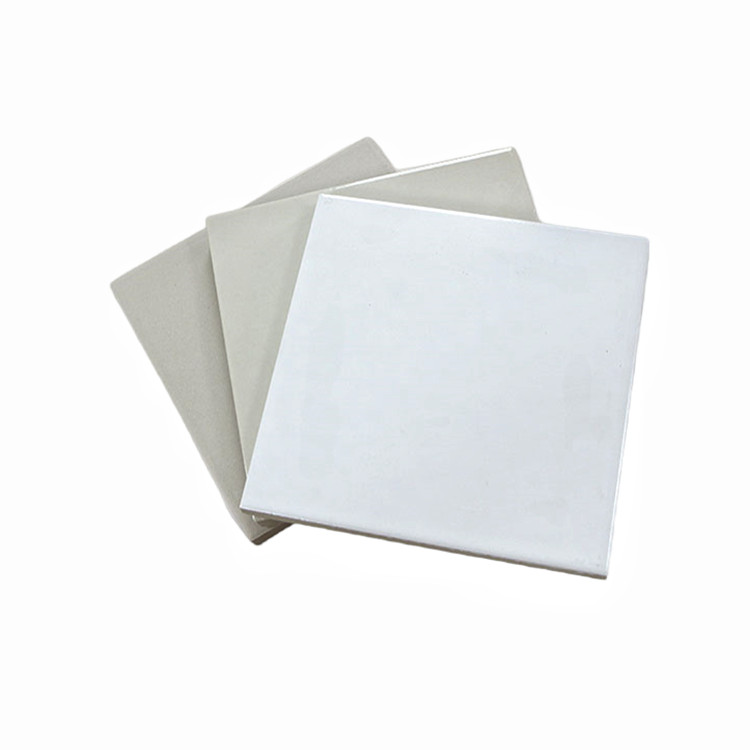The main component of acid refractory bricks are silicon dioxide, which forms a large amount of mullite under high temperature roasting, which is a substance with high acid resistance. Due to the compact structure of acid refractory bricks and low water absorption, it can also be used at room temperature. It is resistant to any concentration of alkaline medium, but not resistant to molten alkali with high temperature. Acid refractory bricks contain more than 70% silica and are sintered. Impacted ground with high acid load.
Instructions for use about acid refractory bricks
Widely used in petroleum, chemical, pharmaceutical, food, paper, fertilizer, pesticide, chemical fiber, textile, smelting, power plants and other industries, as well as the anti-corrosion lining of towers, pools, tanks, tanks, and in sewage treatment engineering and open ground, etc. The workplace plays its role in acid resistance and corrosion resistance. Acid refractory bricks are resistant to most media except hydrofluoric acid, hot phosphorus, and concentrated alkali effect.

Generally, epoxy resin, acid-resistant cement, and acid-resistant cement can be laid according to the above-mentioned manufacturer's product instruction manual. Clean the concrete surface with oxalic acid to achieve acid-base neutralization. 10mm, and the depth of the gap should be equal to the thickness of the brick to prevent leakage; After the paving is completed, the surface should be washed with groove acid to help make it more firm.
Production Process of acid refractory bricks
The common raw materials of acid refractory bricks are clay, quartz, potassium albite, etc. The complete process of making acid refractory bricks generally goes through the following steps.
Abrasive: After grinding, washing, removing impurities and kneading the raw materials of acid refractory bricks - kaolin and porcelain stone, they are blended to make
Billet making: After pressing and forming by a press, the acid-resistant bricks are made into the required shape of acid refractory bricks and directly enter the drying kiln
Glazing: According to the shape of acid refractory bricks, there are different glazing methods. It is important to adopt the method to ensure the uniform dispersion of the glaze slurry.
Casting: The forming of acid refractory bricks should be fired at high temperature in a kiln, and the glaze color on the surface of acid-resistant bricks will undergo various chemical changes due to different temperatures.


 Wechat Us
Wechat Us